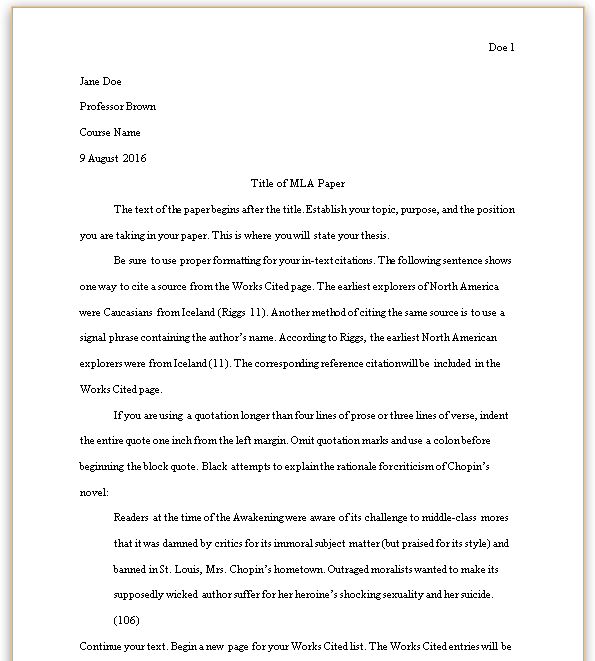This week, you will take a little bit of a “brain break” from analysis to work on the important academic skills of summary, paraphrase, and quoting. These skills will help you to effectively quote your sources without accidentally committing plagiarism. The skills of summary, paraphrase, and quoting are used in academic and professional settings, as well as in everyday life. For example, if you were talking to a friend and you told them a funny story about something that happened at a party you attended, you would be summarizing the events to your friend. If you told them a story about a conversation you had with someone else, you might be quoting or paraphrasing what the other person said. In this module, you will learn how to use these skills in an academic setting.
Summarizing
A summary is an overview of a text. The summary should give a big picture description, stating the subject of the text and identifying the author and title.
Key questions:
- Who is the author of the article?
- What is the title of the article?
- What is the article about?
Here is an example of a summary:
- The text chosen for the project is “What Everyone Needs to Know to Be More Productive” by Dana Rousmaniere. This article summarizes advice and best practices from a series run by Harvard Business School called “Getting More Work Done.” It highlights methods on how to get organized and be more productive in the work environment and in life in general.
Quoting and Citation
Quoting is a way of integrating another writer’s ideas into your own writing. Quotes allow you to share those ideas with your audience using the writer’s exact words. Direct quotes are generally reserved for information that is impactful or written in a particularly meaningful or powerful way. In other words, be sure to use quotes sparingly and only when they are the best way of representing another writer’s ideas.
To use a quote in your writing, first identify the quote from the original text. For example:
- “Finally, realize that you’re not going to be at your best every hour of the day, so try to schedule your most important work to align with periods of peak energy.”
Then, build your own sentence that introduces those ideas and includes the key parts of the quoted sentence as a quote. Be sure to use only the writer’s exact words between quotation marks. For example:
- Rousmaniere (2015) argues that workers should try to time their “most important work to align with periods of peak energy” (p. 3).
If you are using MLA, include the author’s last name and the page number in the parentheses after the quote. It should look like this: (Rousmaniere 3).
If you are using APA, include the author’s name, publication year, and the page number in the parentheses after the quote. It should look like this: (Rousmaniere, 2015, p. 3). You might also include the date in parentheses after the author’s name, rather than at the end parenthesis. Both are correct.
Key questions:
- What is the one sentence in the article you’ve selected that is most interesting to you?
- What really stood out to you when you first read the article?
Paraphrasing
Paraphrasing is like quoting, except instead of using the writer’s words, you use your own. You cannot just change a few words in the sentence and call it a paraphrase. Rather, you must take in the meaning and then restate the same idea in an entirely new way.
To use a paraphrase in your writing, take one or more sentences from the article and paraphrase them. To do this, simply restate the original text using your own words. However, you must make sure that you are accurately conveying the original writer’s ideas. Your version, although written using different words, should not change the essence of the writer’s ideas.
For example, this is the quote used in the quoting example:
- “Finally, realize that you’re not going to be at your best every hour of the day, so try to schedule your most important work to align with periods of peak energy.”
Here is an example of how that quote could be paraphrased while retaining the meaning:
- Workers should know that their energy will vary throughout the day, so they should perform their key tasks within their most focused and energetic times of day.
Key questions:
- What is the idea the author is stating?
- How can I express this same idea in my own words?
Key Concepts
The following are the key concepts to consider as you work on this module:
- Summary is an overview of a text that identifies the title and author.
- What ideas should you include in your summary of the text you chose to analyze?
- A direct quote should have quotation marks around it, as well as a parenthetical citation.
- What are some ideas that the writer expressed in such a powerful, moving, or interesting way that it might lose those qualities if you paraphrased it instead of quoting it?
- A paraphrase is a restatement of a quote in entirely different words. A paraphrase also requires a parenthetical citation.
- How can you represent the writer’s ideas faithfully while using your own words?


